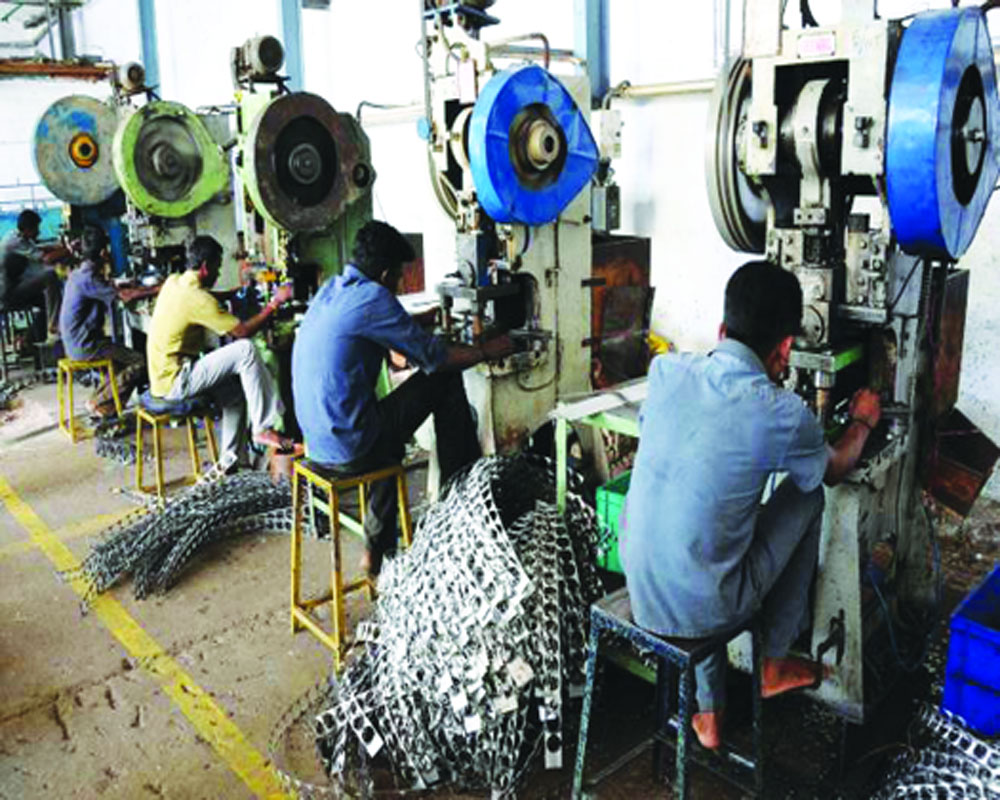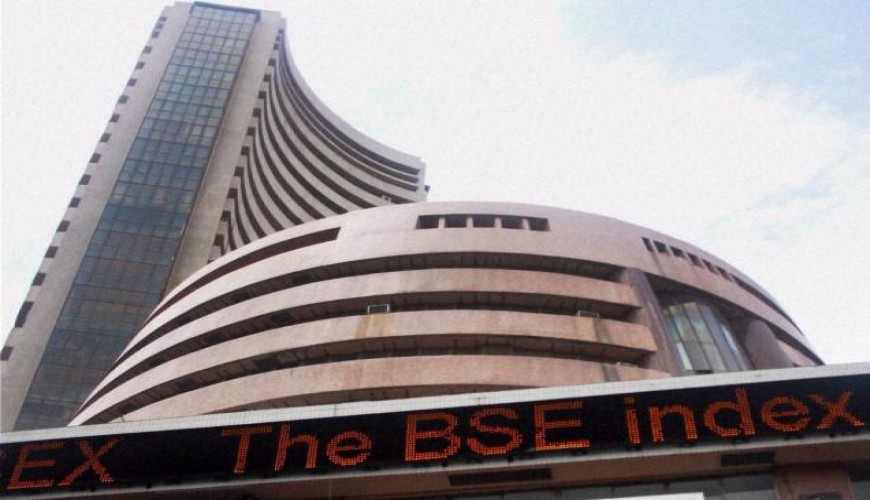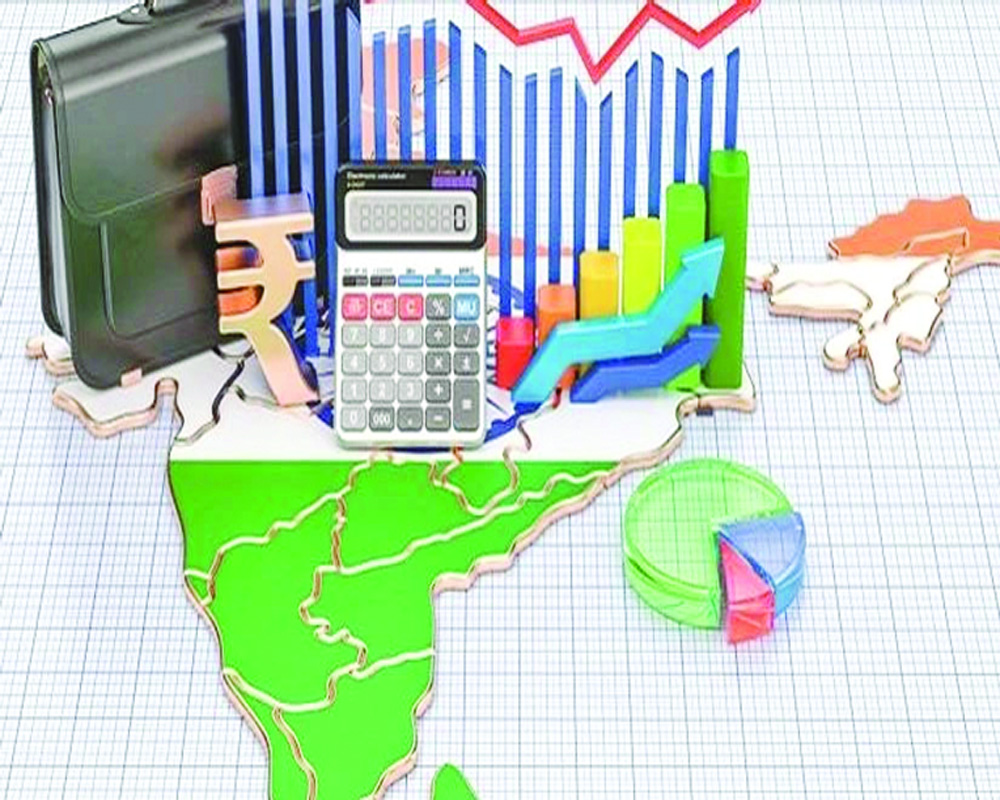
Cabinet decisions on MSMEs and the agricultural economy are well-intended but depend a lot on implementation and sub-text
The Coronavirus and its shape-shifting effect on the economy have been debilitating but the Government has been reacting to them in fits and starts. And while the stimulus packages announced in a series so far haven’t been as stimulating, the Cabinet decisions with regard to Micro, Small and Medium Enterprises (MSMEs) and the agricultural economy are well-intended but depend a lot on implementation and details. The definition of MSMEs has been changed, their turnover limit revised upward to Rs 250 crore from Rs 100 crore. The Government has infused Rs 20,000 crore into the sector as subordinate debt for stressed units. And although the Finance Minister in her first tranche of the stimulus had included Rs 3 lakh crore collateral-free automatic loans for them, many MSME owners claimed that about 97 per cent of them were not in the corporate sector and were either partnerships or proprietorships. So only a minuscule number of firms, that were either private limited or LLP, benefitted. Besides, this badly-hit sector, which contributes up to 30 per cent of the GDP, has not quite recovered from demonetisation and many units are almost on the verge of closure. And for all the detailing, the fact of the matter is that credit channels like banks and NBFCs will have to ease loans to this sector no matter what the Government says. Even now, MSME credit is a very small percentage of total outstanding bank credit and that pie was declining even before the pandemic, decelerating industrial growth. The proposed fund of funds would help list MSMEs on stock exchange, hoping it would encourage private sector investments in them. But without good ratings and financials, that would not deliver immediately. Farmers, too, got some incentive in the form of a hike in Minimum Support Price (MSP) for 14 crops, which will be 50-83 per cent more than the cost of production. But the Government’s loan facility to them (Rs 3 lakh with a two per cent interest subvention) and the credit scheme for street vendors still do not address the dire need for fund infusion. Of course, more decisions guaranteeing farmers’ incomes, encouraging crop rationalisation and making agri-business investment worthy are expected like getting rid of the Agricultural Produce Marketing Committee (APMC) Act and facilitating easy inter-state trade for farmers. They are currently bound to sell agriculture produce only through APMC mandis, which restrict the free flow of farm products and lead to cartelisation. Though APMCs were meant to protect farmers from commission agents and middlemen, over time they embodied the very ills that they were meant to cure. But to their credit, they did ensure a steady procurement of foodgrains to avoid our food crises. So though farmers may have free market benefits, dismantling a regimented procurement structure would have to be followed up by creating an efficient marketing and distribution system that does not compromise our food security. Free market policies may not look at such altruistic priorities as creating a buffer. Yet we must remember that at least our surplus food reserves helped us somewhat during an emergency brought about by the pandemic. The dairy industry would be a good comparison. With private dairies refusing to buying extra milk produced, only cooperative dairies picked it up and converted it into other milk products, thereby easing the pressure on dairy owners. The Kerala Cooperative Milk Marketing Federation is even providing free milk to migrants to take care of the glut in supplies. Also, over 90 per cent of our farmers do not have access to regulated markets, so dismantling them wouldn’t really have a cascading impact. A better bet would be to widen a network of well-distributed mandis and invest in longer shelf life of produce by way of attendant infrastructure like cold chains, storage, grading, transportation and so on.
Also, many of these measures were intended and discussed before to revive a slowing economy and are not particularly a palliative to the pandemic. We still have a slowing GDP to take care of and that will need big bang reforms and a fund infusion in the short run. Second, this year’s GDP projection has fallen to 4.2 per cent and a consistent downward revision of growth means that figures aren’t sacred. And for all the push to the agricultural sector, nothing is being done to generate demand in urban hubs or tackle joblessness without which no reform would make sense. Our manufacturing and construction growth is almost flatlining and certain sectors are just not being considered for incentivisation. Till this piecemeal approach continues, no matter how reinvigorating each is, there is no rescuing the economy.
(Courtesy: The Pioneer)








 OpinionExpress.In
OpinionExpress.In















Comments (0)